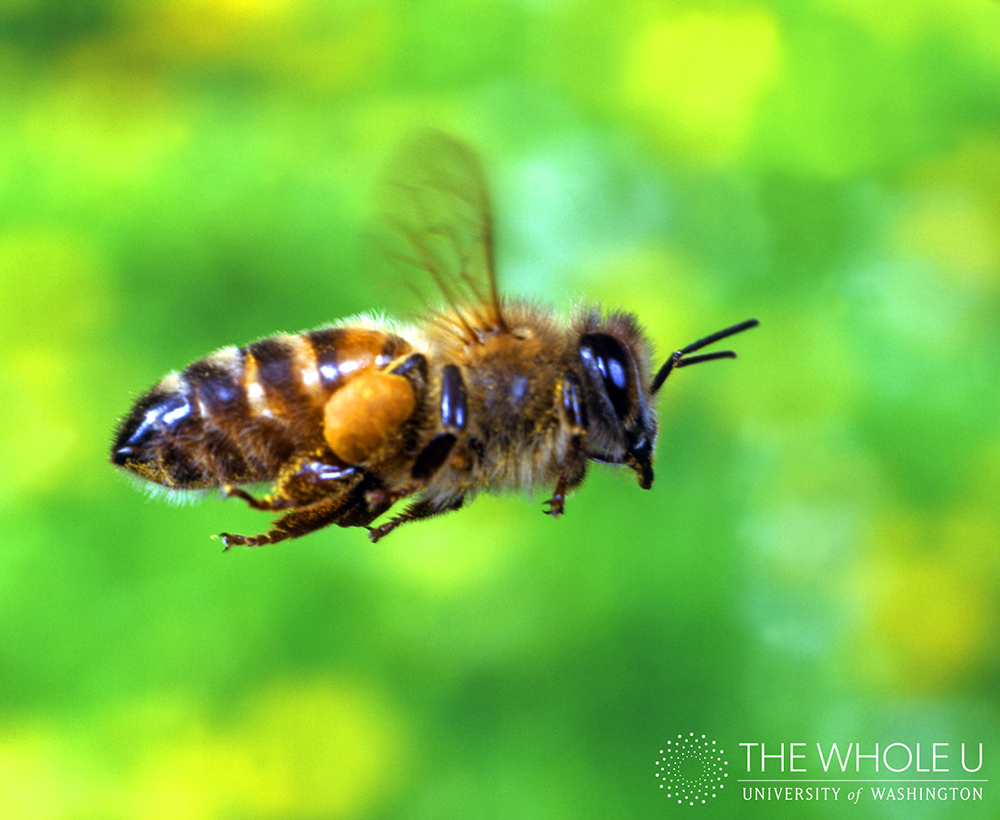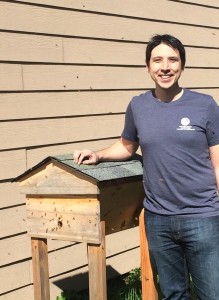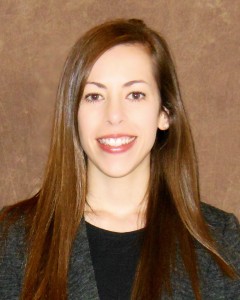
4 Little-Known Honey Facts & How To Help PNW Bees
Farmers markets are opening, flowers are blooming, and bees are busy at work. You know how delicious the final product is, but did you know these four facts about our bee friends and the delicious honey they whip up?
- Like table sugar, honey is mainly composed of the glucose and fructose. But, honey actually contains about 6 more calories per teaspoon compared to sugar (1 tsp honey = 21.3 calories; 1 tsp sugar = 15 calories). Additionally, honey is broken down into further byproducts such as methylglyoxal, giving honey its antioxidant, antibacterial, and analgesic properties. It is for that reason people have used honey for years in wound care and pain management for sore throat and other complications. As they say: “a spoon full of sugar helps the medicine go down!”
- Many of us are familiar with clover honey, the kind that comes in the bear container at the grocery store, but did you know that honey comes in another 299+ varieties such as buckwheat, tupelo, acacia, chestnut, and orange blossom? Like a fine wine, honey’s flavor, color, and nutritional profile can differ tremendously depending on the varietal of flower from which the bees collect nectar and pollen. Depending on where hives are located, bees may only collect honey from a single type of flower (monofloral honey) or they may feast on multiple types of flowers (polyfloral honey). Even the flavor of monofloral honeys can differ year-to-year and hive-to-hive.
- Unlike dairy foods, there are no rules or industry standard for the terms “pasteurized”, “natural” or “raw”; these are terms that honey producers can use at their discretion. While dairy is pasteurized to kill harmful organisms, honey is heated to delay the crystallization process. Honey is a natural preservative because harmful organisms cannot survive in it. The single common exception are botulism spores. This, however, is only a concern for infants under the age of one as the pH of their digestive system promotes blooming of the botulism spores into botulinum toxin. For this reason, all types of honey (pasteurized or not!) should be avoided in infants under the age of one.
- We depend tremendously on bees not just to produce honey, but also to help maintain diversity and affordability in our food supply. These tiny insects are responsible for pollinating about 130 different fruit and vegetable crops. Imagine having 130 less types of fruits and vegetables to choose from in the grocery store or farmers market! We truly wouldn’t have much left on our plate to eat if it wasn’t for these busy creatures and the beekeepers who care for them.
We turned to Dr. Chris Takahashi, a UW grad and recreational beekeeper, to learn how we can help.
How did you become interested in beekeeping?
I became interested in bees before I became interested in beekeeping. Bee colonies have amazing emergent behaviors from relatively simple individual behaviors (many of which are amazing in their own right). So much so that I really wanted to see them for myself.
What can you tell us about the bee population in the Pacific Northwest?
PNW bees are in a way fairly lucky. While we don’t get as early a spring as California or other southern latitude states, we also don’t have to worry about harsh winters as you would in the Midwest or northeast. Unfortunately, annual loss rates are still close to the national average (about 40% last year).
What should consumers know about organic honey/beekeeping practices?
As far as I’ve been able to tell, there are no USDA organic guidelines for honey, so it comes down to how the seller wants to market their honey. Assuming your producer’s intentions are pure, bees can forage in up to a four-mile radius. That means you have to check the surrounding 32,000 acres to be confident that your bee has only “organic” forage.
What qualities or characteristics would you look for in purchasing honey at the store now that you’re an experienced beekeeper?
Consumers tend to like a very clear, golden colored honey, so that’s what ends up in the grocery store. As a result, honey is typically filtered, heated, and comes from a single plant (usually clover). This results in a very consistent homogeneous product but it’s not that interesting of a food.
Your best bet is to find a local farmers market and talk to the person selling it. They’ll be able to tell you where it came from and what flowers were blooming when the honey was collected. Flavor can vary with honey and you should try many varieties to find out what you like. Honey should also be slightly cloudy, which is an indication that the pollen hasn’t been filtered out.
Any advice for people interested in beekeeping?
Learn as much as you can before you get bees and continue to learn afterwards. You don’t need one, but having a mentor helps a lot too. Bees aren’t high maintenance pets, but you do have to check in on them from time to time and make adjustments as necessary. Ignoring a bee hive is a good way for them to die or swarm, which hurts productivity and will probably annoy your neighbors.
Any advice for people not interested in beekeeping, but still wanting to help preserve the bee population?
It’s actually more important to provide a bee-friendly habitat than keep bees themselves, as most honeybee genetic diversity is in feral colonies. Planting bee-friendly flowers (Puget Sound bees has a good local guide), especially those that bloom outside of when blackberry (our major flow) normally blooms is a great help. It’s also important to avoid using chemical pesticides on or near plants that bees forage on. You should also be careful about where you buy your plants. Many plants and seeds come pre-soaked in pesticide.
Thanks to Dr. Takahashi for this in-depth information! Let’s all help keep our Pacific Northwest bees buzzing.
 Amanda Sullivan is a registered dietitian and certified nutrition support clinician who works in the Radiation Oncology clinic at the University of Washington Medical Center. Outside of work she enjoys rock climbing, gardening, cooking, playing board games, and spending time with her dog, Hula.
Amanda Sullivan is a registered dietitian and certified nutrition support clinician who works in the Radiation Oncology clinic at the University of Washington Medical Center. Outside of work she enjoys rock climbing, gardening, cooking, playing board games, and spending time with her dog, Hula.
This post was originally published in the RD Blog. You can visit the RD Blog and see its archives if you have a UW Medicine ID.